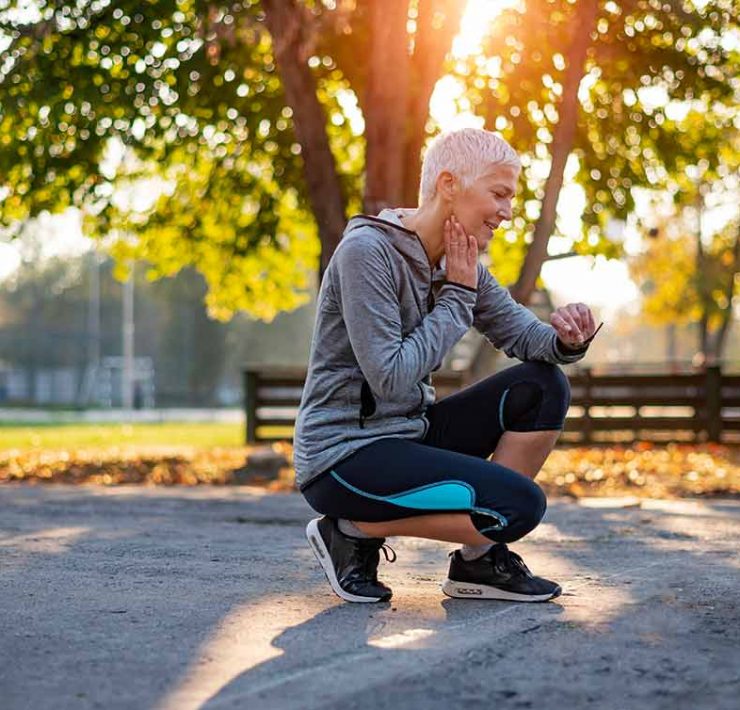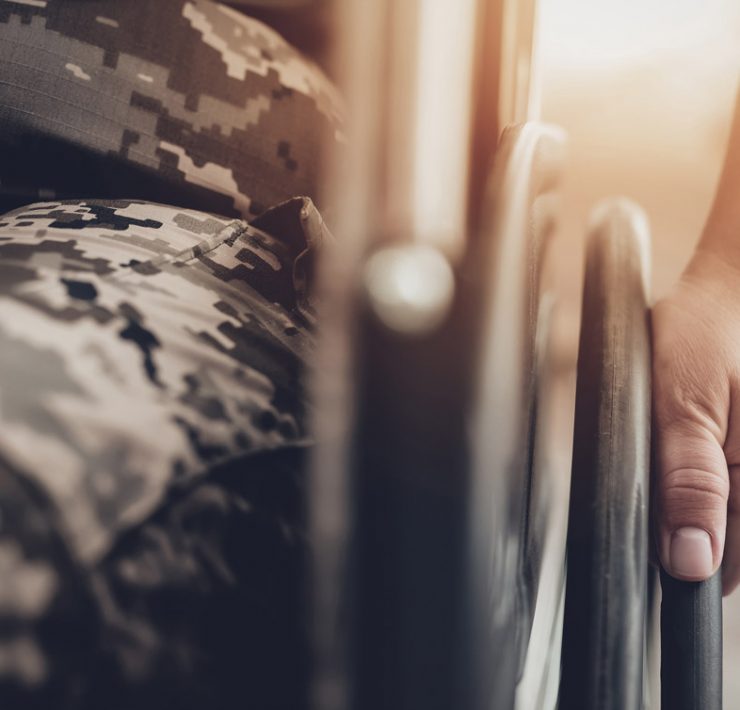 On the quest for total body health and wellness, we’ll inevitably be met with new tips and terms along the way. And while the Chinese therapy known as gua sha may be widely known among eastern medical practitioners, at least among us city dwellers, some may be less aware.
On the quest for total body health and wellness, we’ll inevitably be met with new tips and terms along the way. And while the Chinese therapy known as gua sha may be widely known among eastern medical practitioners, at least among us city dwellers, some may be less aware.
Not long ago, Dr. Oz touted gua sha as a viable means of treatment for everything from digestive problems to back pain. We turn to Zeel Expert Edward Gousse, a licensed acupuncturist in New York City, to learn more about the increasingly popular modality.
1. What is the main premise of gua sha?
The main premise of gua sha, physically, is the raising of stagnant blood to the surface of the skin. Like many forms of liquid that remain in one area too long, stagnant blood will begin to accumulate unwanted particles as well. Blood is not so different in that, when it stops moving or moves slower than usual, other pathogens the blood was trying to move stay in that one area, festering. This can cause anything from mild expressions of infection to more profound issues like cancer.
2. Why might someone look to receive gua sha? For what conditions is gua sha appropriate?
A person may choose gua sha because they do not like needles, had some form of psychological trauma with needles, or because their condition, whether cold or soreness, can be resolved with this style of Traditional Chinese Medicine. Gua sha has been proven to increase metabolic rate, not only along the path being treated but the whole body as well. I have used gua sha to treat neck pain, mid and low-back pain, as well as scoliosis.
3. Does gua sha work well on its own?
Gua sha can be a treatment therapy alone, but it works better in conjunction with herbs and acupuncture for lasting effects.
4. Are there any side effects to gua sha?
It’s important to note that gua sha tends to leave a rosy to red appearance to the skin. If you imagine what a “hickie” looks like, that would be a side effect–along with an absence of pain in the area of the chief complaint. This is a therapy that is best applied to larger muscle groups like the back, shoulders and legs. The results are notable, and relief tends to be experienced at the point of service.
5. Is gua sha an affordable, practical treatment to receive?
The cost is likely to be similar to the cost of acupuncture since it falls under the umbrella of Traditional Chinese Medicine. There is another form of gua sha that is done simultaneously with cupping; the therapy is called “sliding cups.” In my opinion, this is gua sha at its heightened state, delivering the same treatment capabilities as gua sha with the added benefit of suction.
Stacy Goodman is an award-winning digital marketer and currently the Director of Digital Marketing & eCommerce for Night Shift Brewing. Previously, she was the Head of Content for Curalate and Content & Social Media Editor for Zeel.







